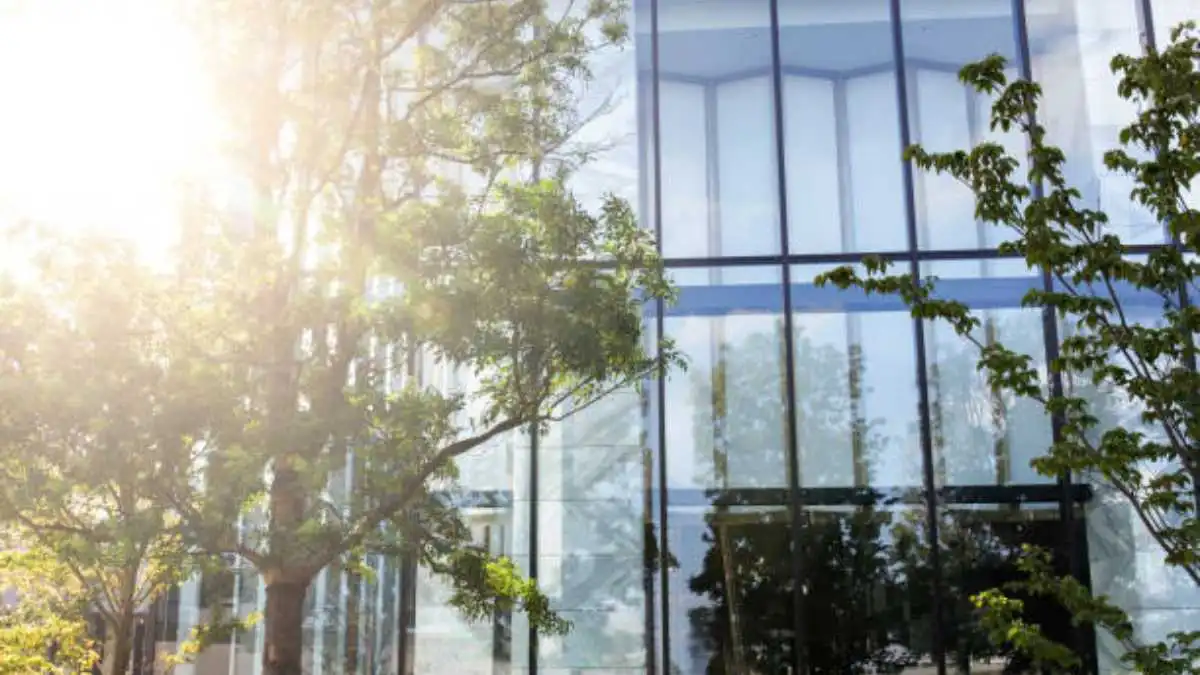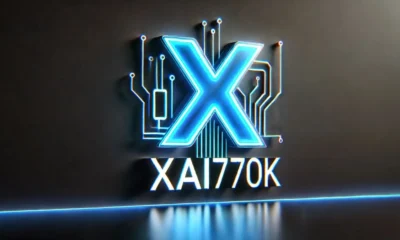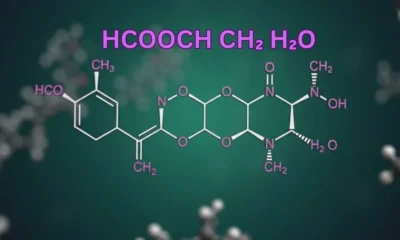SERVICES
Exterior Intelligence: Why Clean Windows, Panels, and Pathways Add Up to Smarter Living

It’s a strange thing, how easily we ignore the edges of our lives. The places we walk past every day but don’t truly see. The windows we look through but don’t clean. The gutters that line our roof, quietly handling water—until they don’t. Or the solar panels, neatly perched like silent workers, losing efficiency by the day under a film of dust we assume rain will wash away.
These spaces—your home’s exterior surfaces—aren’t just background scenery. They are part of your home’s function, part of its systems, part of your life’s rhythm. And when they’re neglected, even just a little, the impact spreads further than you’d expect.
What if smart living didn’t only mean gadgets and apps? What if it also meant paying attention to the things that shield your home from the outside world?
The Forgotten Importance of Surfaces
Let’s take a walk around the perimeter and explore what smarter exterior care actually looks like.
You start at the front path, concrete now faded with time, subtly speckled with moss where shade wins the daily battle with sunlight. It’s not dangerous—not yet. But give it a wet day and a cold morning, and it becomes the kind of slick that’s just waiting for the wrong step. Pressure washing services are often considered aesthetic fixes, but what they really do is reset safety. The grime isn’t just ugly—it’s a liability. Clean surfaces don’t just impress guests; they protect people.
Clear Windows, Brighter Spaces
And then there are the windows. From the inside, it’s easy to forget how much dirt they collect on the outside. Dust from the wind. Pollen from the season. Hard water from the last storm. When the light filters through less clearly, it doesn’t just dim the view—it changes how a room feels. Clarity matters. So does care.
When you look into solar cleaning near me, you might also want to consider pairing that with exterior window cleaning. Because when the sun comes in clean and bright, your home responds. The plants grow better. The air feels lighter. You see the world outside more fully.
Solar Panels: Clean Energy Starts with Clean Surfaces
And on the roof, your panels respond the same way. Less grime, more energy. Less waste, more return.
Your solar panels are designed to help you save. But even a thin film of dust can lower output by 10% or more. Multiply that over the course of a year and you’re not just losing sunlight—you’re losing dollars. It’s not enough to install a system and forget it. Maintenance is part of the equation, part of the promise. That’s why solar panel cleaning isn’t a luxury; it’s a smart habit. Something you do not because it’s visible, but because it works.
Smart Surfaces and Smarter Homes
Smart homes start with smart surfaces. Surfaces that breathe, that reflect, that absorb and release with the rhythm of weather and seasons. But there’s one surface—one channel—that never asks for attention until it’s too late.
The Overlooked Power of Gutters
Gutters
They are, by design, forgettable. They blend into the architecture, quiet and narrow, performing one of the most critical tasks on your property: moving water away. Water, when managed, gives life. But when it seeps into foundations or spills onto siding, it erodes silently. That’s why routine gutter maintenance matters. Not because it’s glamorous, but because it’s necessary. When you’re searching for gutter cleaning near me, you’re not looking for a cleaner—you’re looking for a safeguard.
Gutters Protect More Than You Think
Gutters don’t just protect your home’s edges. They protect its core. The walls, the base, the bones. Let them clog, and water finds new paths. Into window seams. Behind fascia boards. Beneath floorboards. The damage begins before you ever notice it. But the signs were always there—overflow after a storm, mildew on the siding, a soft patch in the landscaping where water shouldn’t be pooling. You saw them. You just didn’t know what they meant.
Maintenance as Awareness
Which brings us to the deeper idea: maintenance as awareness.
Not just cleaning because it’s scheduled, but cleaning because it reflects a relationship. Between you and your home. Between neglect and efficiency. Between observation and action.
Slon Exterior Care understands that relationship. Not as a marketing pitch or checklist of services, but as a rhythm—a cycle. Homeowners who think ahead don’t wait for problems. They recognize patterns. They notice changes. They take small steps before small problems grow. Because they know a clean panel is an efficient one. A clear gutter is a dry basement. A washed walkway is a safer welcome.
Intelligence That Doesn’t Require a Screen
This isn’t about perfection. It’s about presence. Noticing what your home is telling you before it has to raise its voice with a leak or a crack or a bill for repair work that could have been avoided.
There’s a kind of intelligence in that—an intelligence we don’t talk about enough. The kind that sees maintenance as stewardship. The kind that understands how simple tasks, when done regularly, shape long-term outcomes.
Exterior intelligence doesn’t show up on a dashboard. But it’s there in how water flows, how light shines, how energy is absorbed and used. And it’s there in how you respond. Pressure washing services, solar panel cleaning, gutter clearing—these aren’t chores. They’re forms of insight. Action taken based on what your home quietly asks for.
Clean Systems, Smarter Living
And as you finish that walk around the house, looking up at your panels, down at your walkways, across your windows, and along the edge of your roof, you begin to see things differently. You’re not just looking at parts. You’re looking at a system. And when the system is clean, clear, and cared for, it performs better. So does everything around it.
Smart living isn’t about doing more. It’s about doing what matters. And when it comes to your home’s exterior, clean is more than a look—it’s a strategy.
-

 BIOGRAPHY7 months ago
BIOGRAPHY7 months agoBehind the Scenes with Sandra Orlow: An Exclusive Interview
-

 HOME1 year ago
HOME1 year agoDiscovering Insights: A Deep Dive into the //vital-mag.net blog
-

 HOME1 year ago
HOME1 year agoSifangds in Action: Real-Life Applications and Success Stories
-

 BIOGRAPHY1 year ago
BIOGRAPHY1 year agoThe Woman Behind the Comedian: Meet Andrew Santino Wife




























